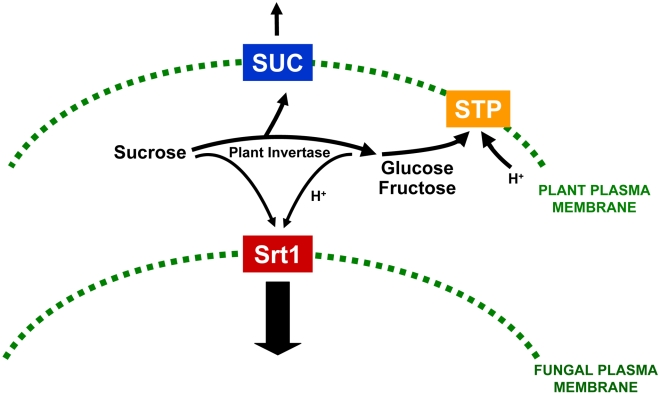Figure 1. Efficient acquisition of sucrose by a plant pathogenic fungus.
Model for the uptake of sucrose by the biotrophic plant pathogenic fungus Ustilago maydis based on a new study by Wahl and colleagues [15]. U. maydis possesses a high-affinity sucrose H+-symporter, Srt1, which is present in the plasma membrane of its invasive hyphae. The plant–fungus interface is established by invagination of the plant plasma membrane during intracellular invasive growth by the fungus. Srt1 competes for apoplastic sucrose with the plant SUC (or SUT) sucrose transporters [17],[18] and with plant invertases, which result in glucose and fructose generation. This reduces direct uptake of sucrose by plant cells or hexose uptake by the STP transporters, allowing the fungus to derive its primary carbon source from living plant cells without eliciting plant defence mechanisms. Adapted from Figure 8 of Wahl et al. [15].

